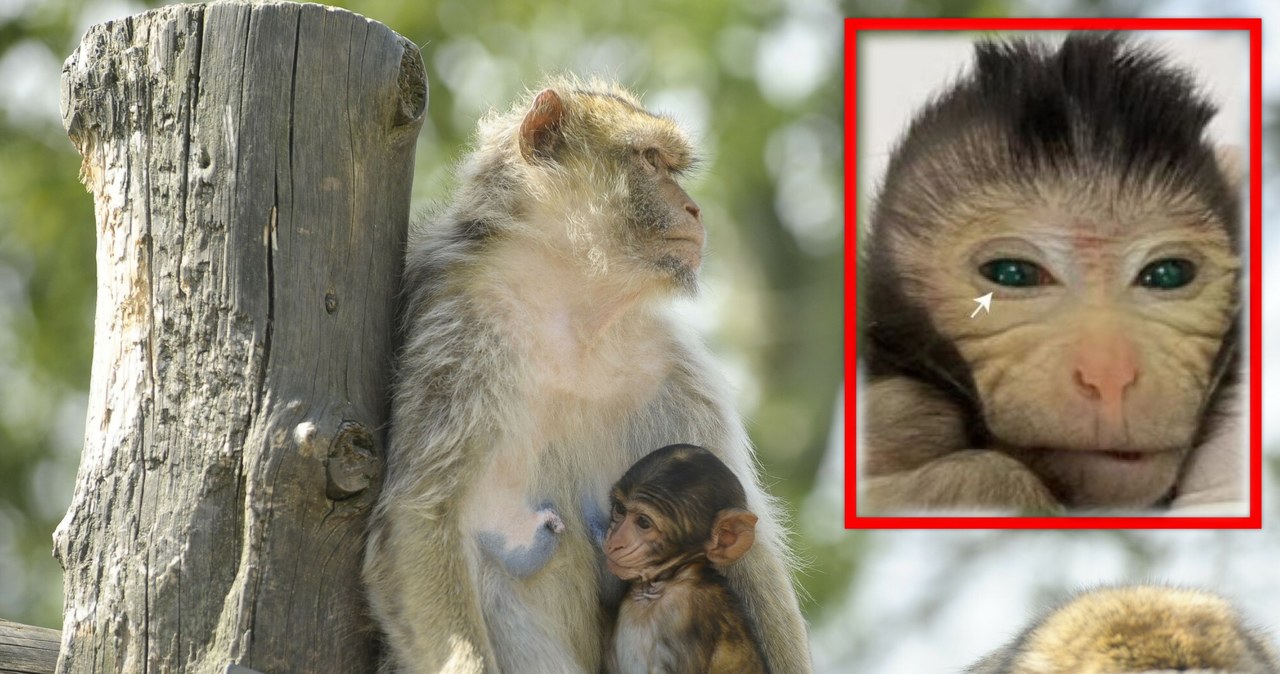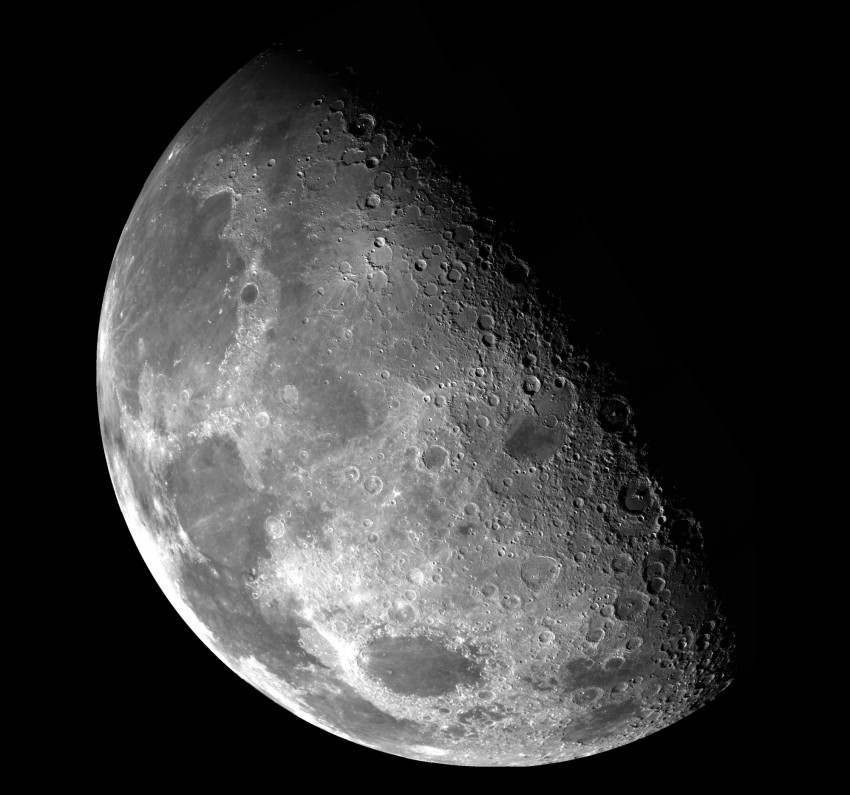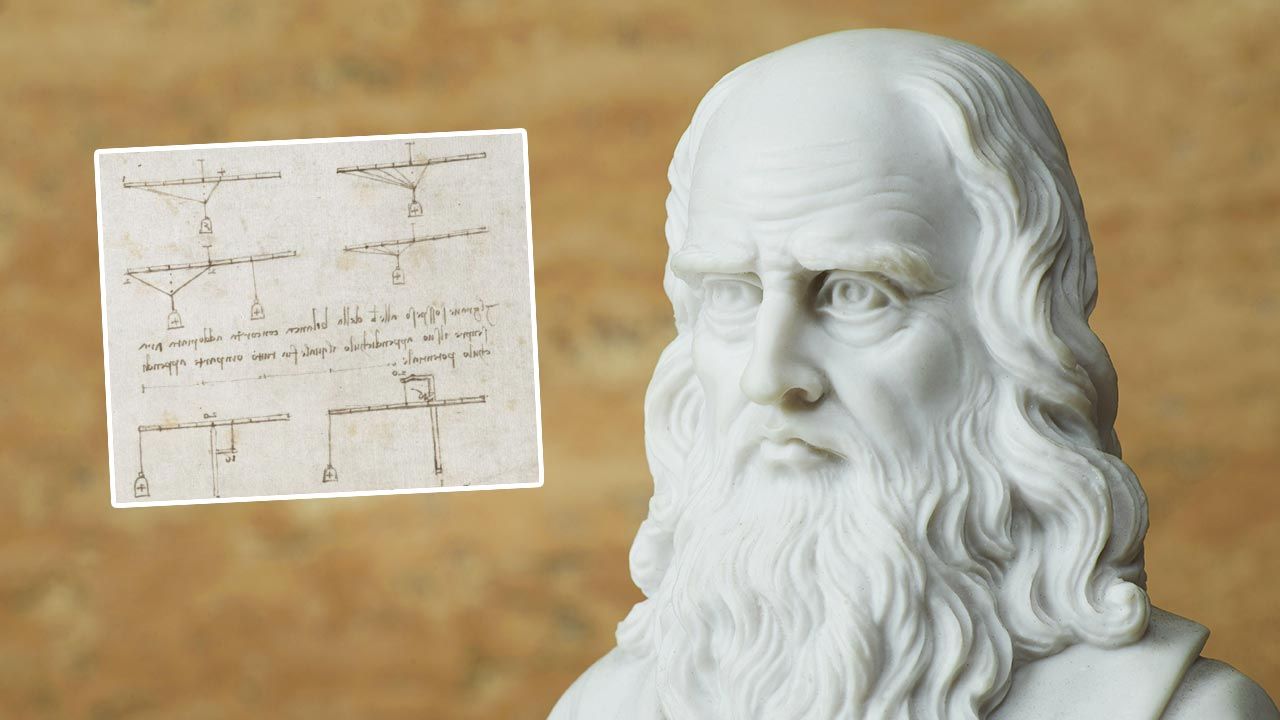Chinese scientists are known for conducting controversial and ethically questionable research, which is banned in Europe and many other places in the world. The result of one of these experiments is: A fluorescent macaque whose eyes glow green and whose fingertips glow yellow. However, these are just features visible to the naked eye, because as the researchers explain, this creature is incredible at the genetic level. Why? Scientists took nine lines of stem cells from 7-day-old macaque monkey embryos and turned them into pluripotent stem cells that can give rise to any tissue.
Cells were prepared in this way, and green fluorescent protein was injected into them, to easily distinguish the “donor” cells, because their lineage was of particular interest to the researchers. They were placed in 4-5 day old macaque fetuses, and these were in the wombs of females. Of the twelve pregnancies, six were born monkeys, but only one, according to the researchers, turned out to be “largely a chimera.” In the animal world, chimeras may arise as a result of double fertilization of the egg, fusion of embryos, or partial exchange of cells between embryos, with the result that the resulting individual has some organs composed of cells with a chromosomal structure different from that of the embryos. The rest of her body.
Interestingly, this is not the first living monkey in the world created artificially from the fusion of several fertilized eggs, but according to researchers from China and Great Britain, it is the most fantastic of all. The cells and tissues in this particular animal’s body consist of two separate lines of stem cellsOne from a donor embryo, the other from a host embryo, was visible in the brain, heart, kidneys, liver, digestive tract, testicles and cells that turn into sperm.
Of the 26 different types of tissue that scientists have measured in living monkeys, The share of added stem cells ranged from 21 to 92 percent, and the highest percentage was observed in brain tissue. Previous studies have yielded chimeric embryos that contain a low percentage of donor cells in various tissues, ranging from 0.1 to 4.5 percent.
Unfortunately, there is also less optimistic news, because he is young The macaque lived only 10 days. Due to health issues, including: Due to breathing difficulties, the animal was euthanized, which means that the health of the chimera monkeys remains a serious concern.
While proponents of this type of experiment believe that the benefits of accurate models in testing diseases and treatments make them worth conducting, Opponents point to unnecessary suffering for animals The macaque from this experiment survived only a few days, and what is more, the effectiveness of the entire procedure was low, because only one chimera was obtained from many embryos.

Echo Richards embodies a personality that is a delightful contradiction: a humble musicaholic who never brags about her expansive knowledge of both classic and contemporary tunes. Infuriatingly modest, one would never know from a mere conversation how deeply entrenched she is in the world of music. This passion seamlessly translates into her problem-solving skills, with Echo often drawing inspiration from melodies and rhythms. A voracious reader, she dives deep into literature, using stories to influence her own hardcore writing. Her spirited advocacy for alcohol isn’t about mere indulgence, but about celebrating life’s poignant moments.








